Writing texts for Social Media not only requires creativity but also a deep understanding of the various platforms and their specific requirements. You will quickly realize that not every platform works the same or requires the same types of texts. Therefore, it is important to recognize the differences in order to effectively create your content and target your audience.
Key Insights
- Each social media has its own text formats and priorities that need to be considered in copywriting.
- Instagram values visual content and short, concise texts.
- YouTube focuses heavily on engaging titles and clear descriptions.
- On Pinterest, it is crucial to formulate a clear call-to-action to prompt users to click.
Step-by-step guide
1. Instagram: Craft concise profile descriptions
When copywriting for Instagram, focus on the profile description and how you present your content. The profile description is often the first point of contact with your followers, so utilize this space effectively. Your words should be clear and inviting.
Also, consider the description texts for individual posts. Here, you have the opportunity to integrate additional information or a call-to-action to boost engagement. Additionally, utilize paragraph breaks to make the text more engaging and appealing.
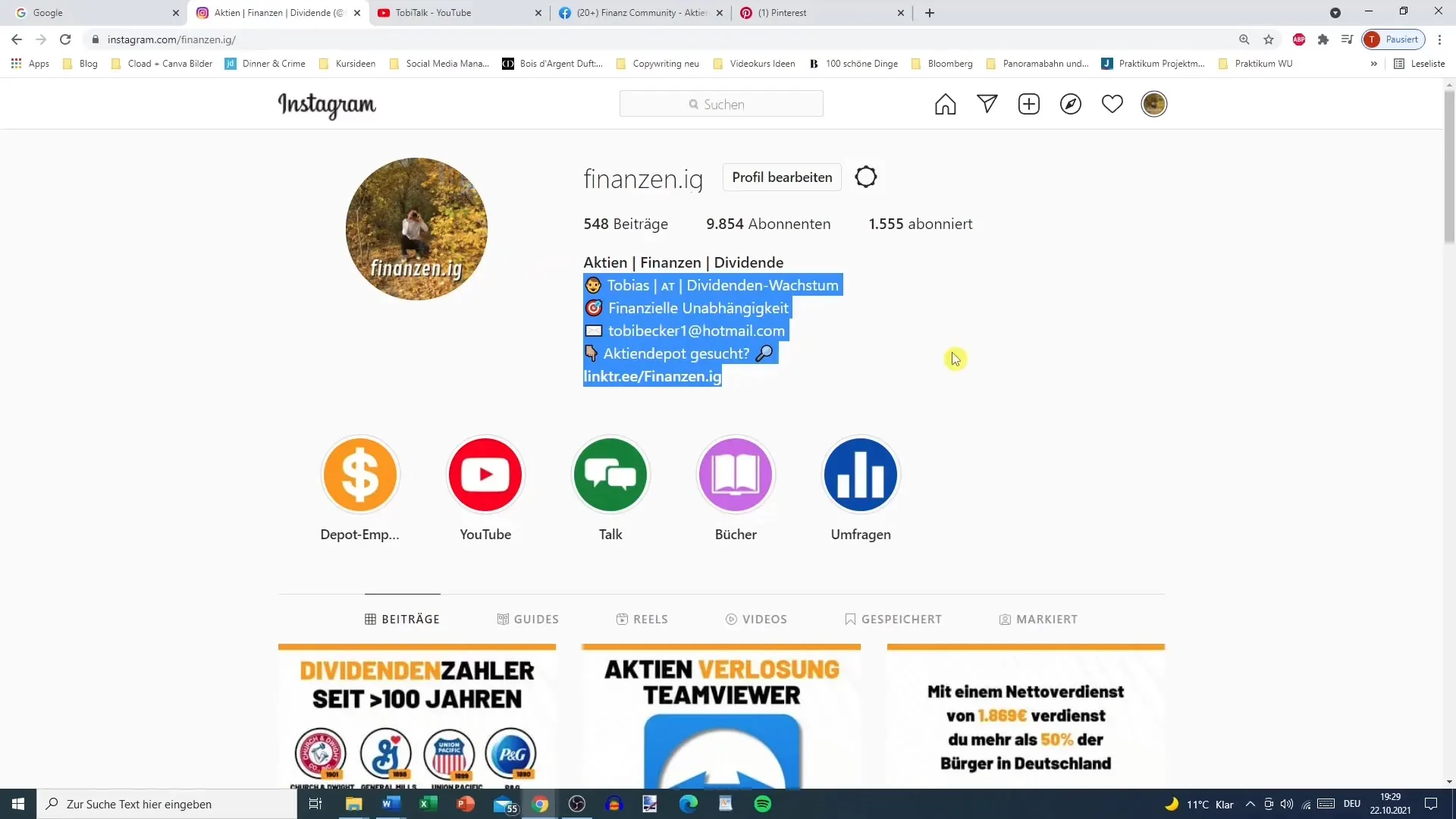
2. YouTube: Optimize titles and descriptions
In YouTube, the title and description of your videos are crucial. The title should be not only captivating but also contain relevant keywords to increase visibility. Consider how a captivating title can pique the curiosity of your viewers.
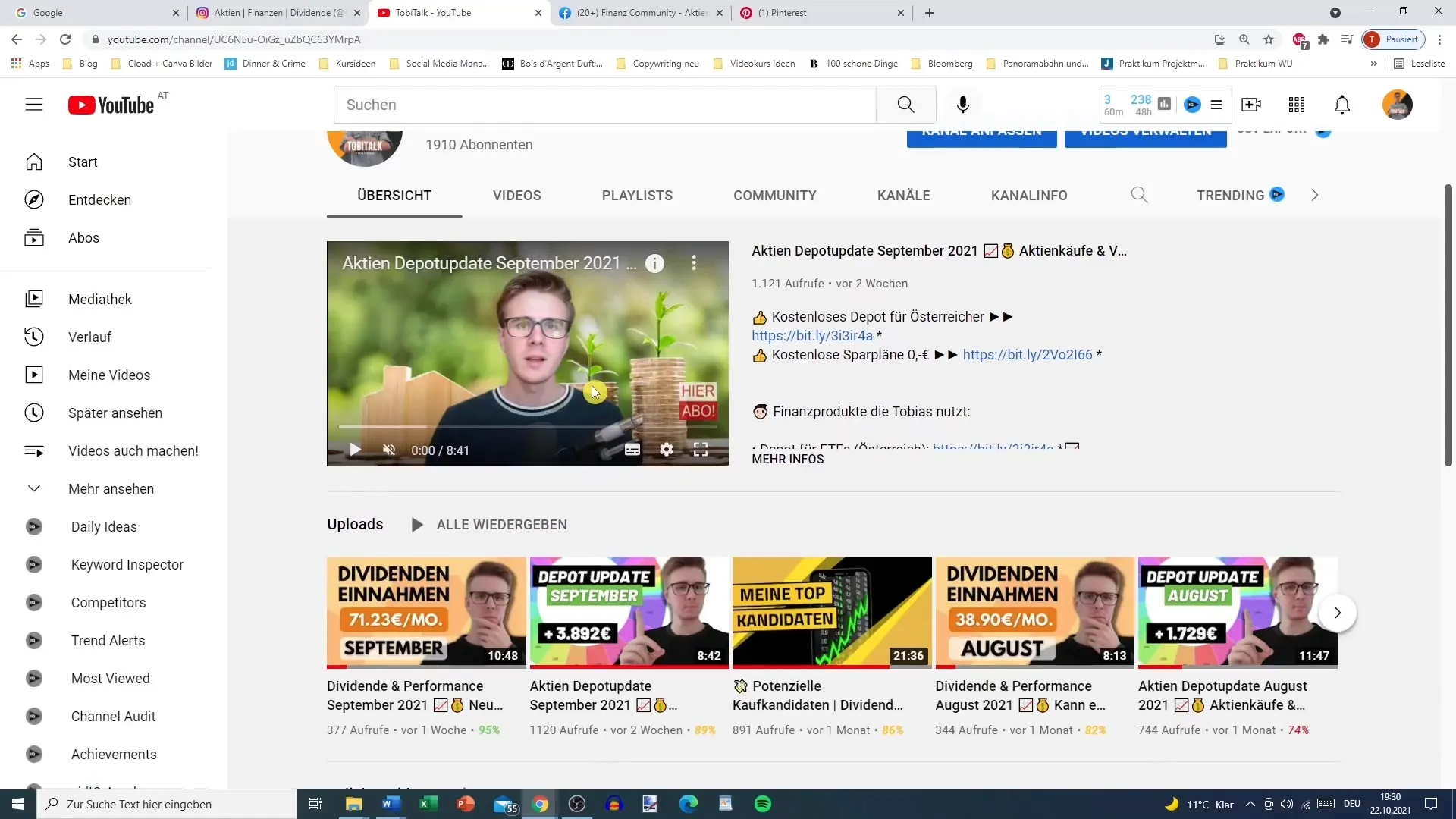
In the description, you can add further information. Often, I stick to links or brief notes, but make sure to also integrate a clear call-to-action here to encourage viewer interaction.
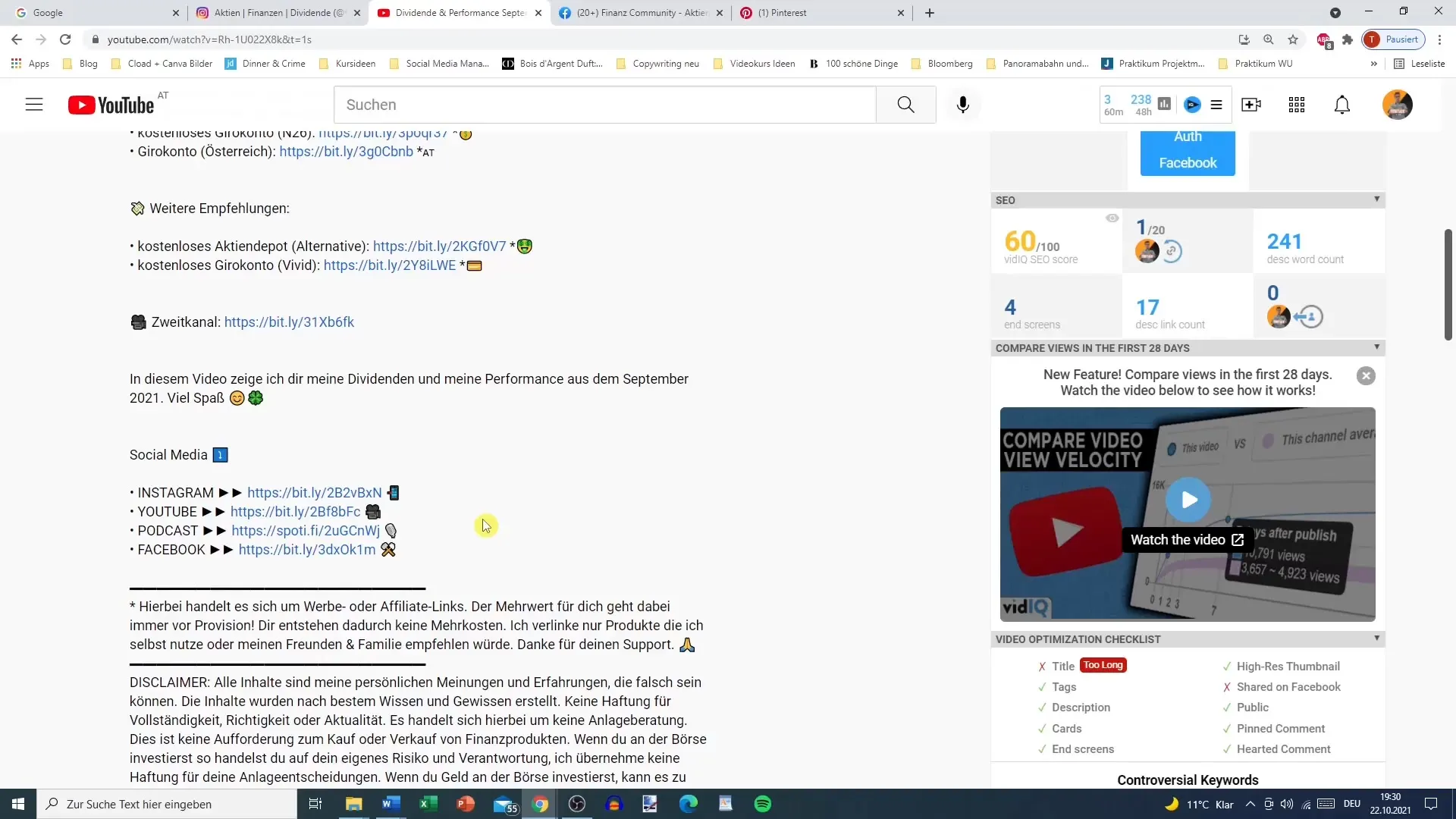
3. Facebook: Designing content for groups and posts
Facebook groups allow you to engage directly with followers. Crafting posts here is an art in itself. You should ask relevant questions, stimulate discussions, and possibly even insert graphic elements to make your posts visually appealing.
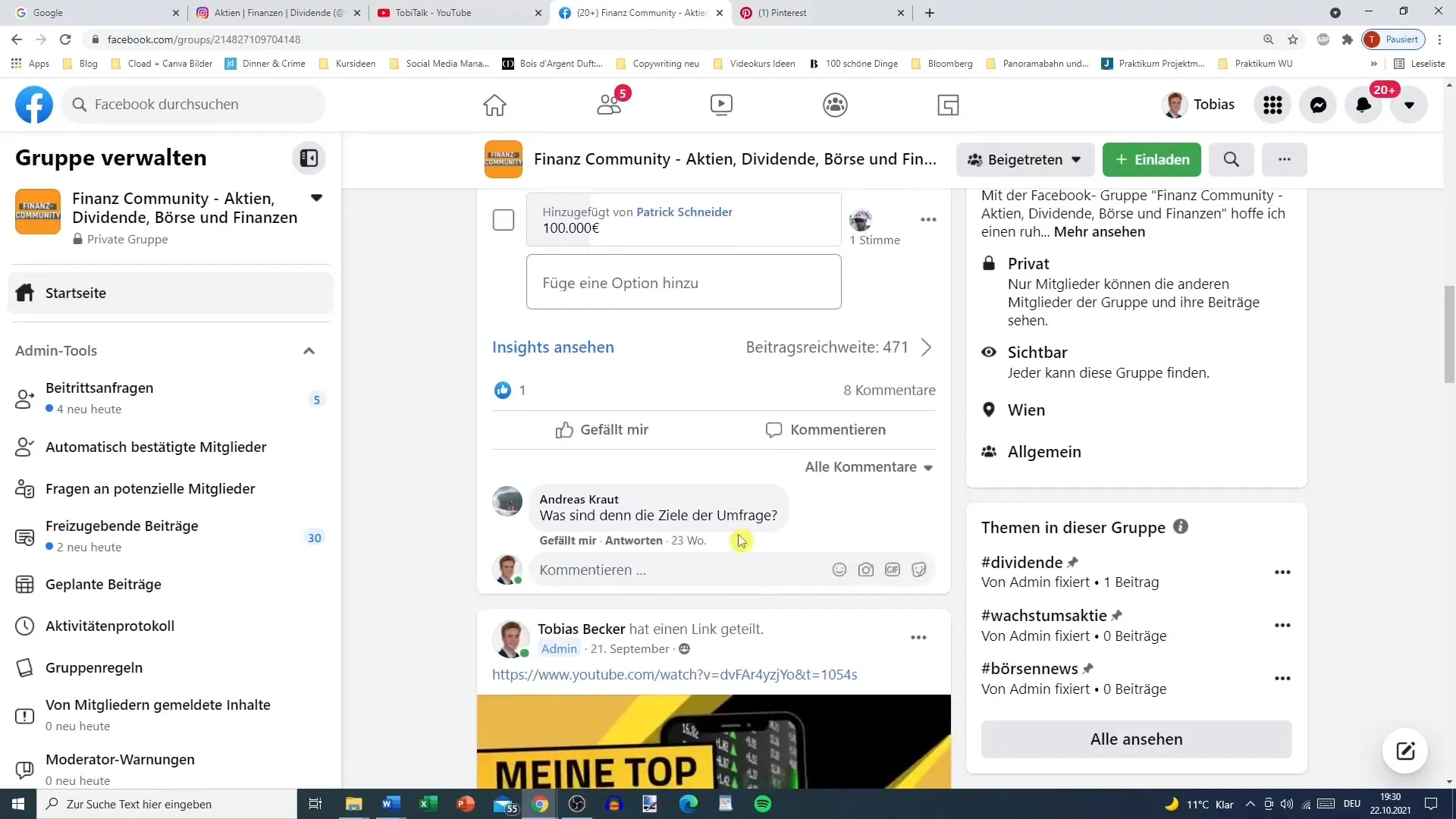
Note that click-through rates on Facebook can be generally low. Therefore, carefully consider how and when to insert links. The goal should be to provide real value before prompting clicks.

4. Pinterest: Insert a call-to-action
On Pinterest, the call-to-action is essential. Your pins should not only be aesthetically pleasing but should also include clear calls to action. This can be in the form of questions or instructions that prompt users to click the link and discover more content.
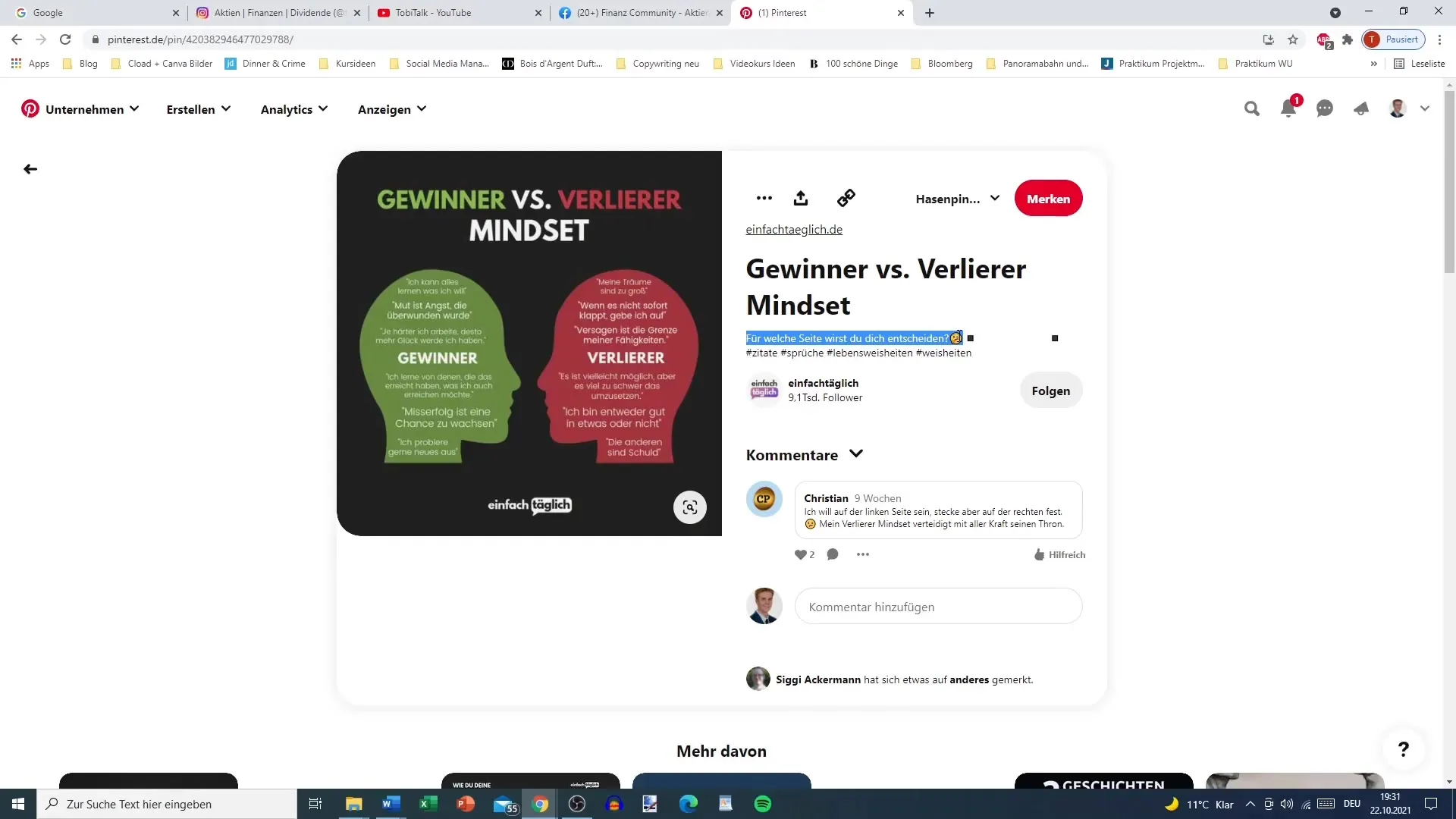
It is important to understand that Pinterest is a platform where users actively seek ideas and inspiration. Design your pins to support this and make visiting a website attractive.
5. Twitter: Utilize concise texts
Twitter demands concise and succinct texts. Here, you can use simple copywriting; often, it involves conveying information within a maximum of 280 characters. Make sure to use hashtags in your text to increase visibility and make it easier for your tweets to be found.
Avoid copying the same content from other platforms here without adjustments. The goal is to package the core message in a way that reflects the character of Twitter and appeals to the right audience.
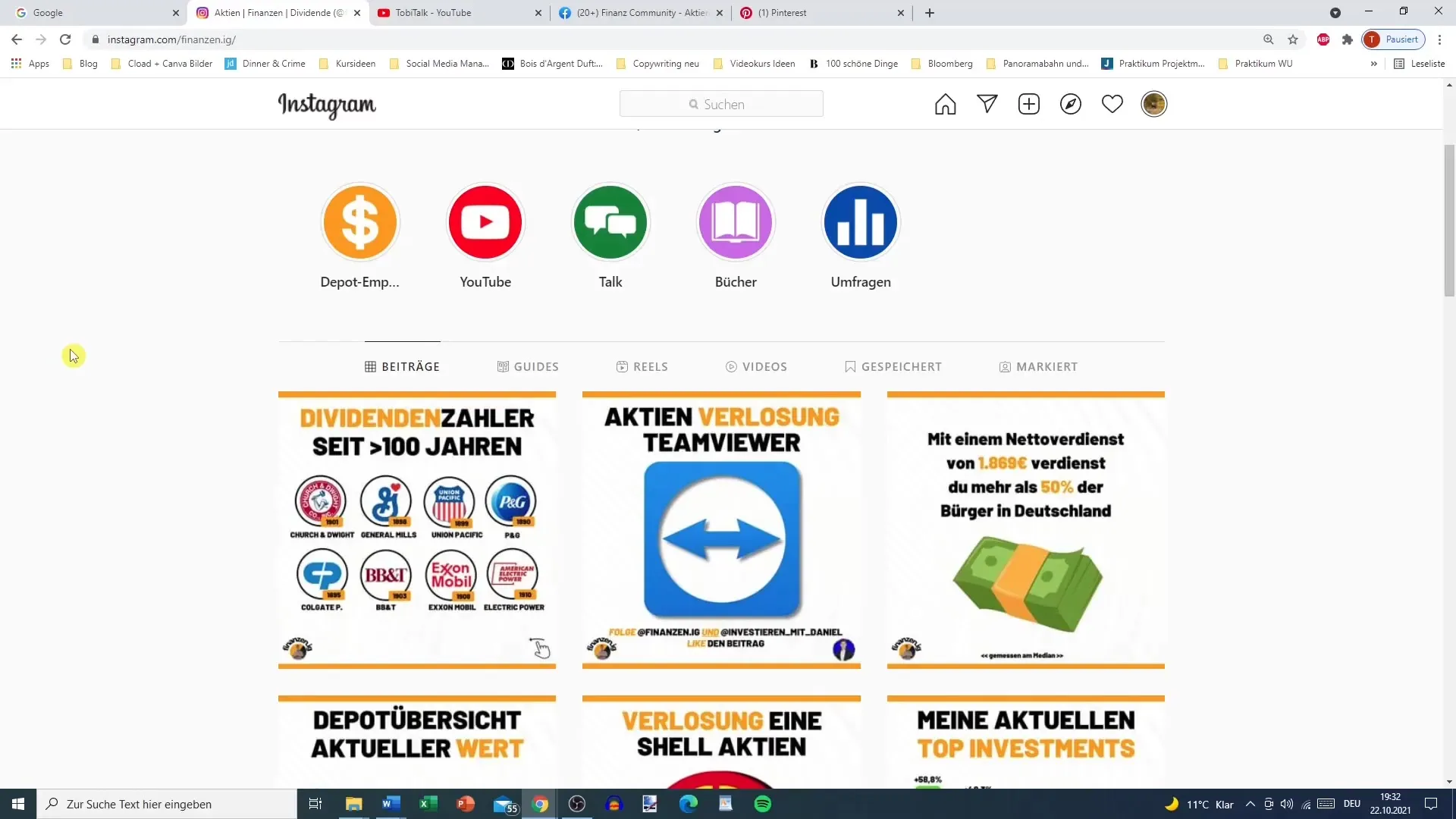
6. Implement Cross-Platform Strategies
It is important to learn from the differences and not to transfer content one-to-one from one platform to another. Each platform has its own audience and you should cater to that. So, it's better to choose fewer platforms to delve deeper into your content there, rather than implementing everything evenly but weakly.
You will find that higher-quality content helps you connect more efficiently with your audience and work more effectively in the long run.
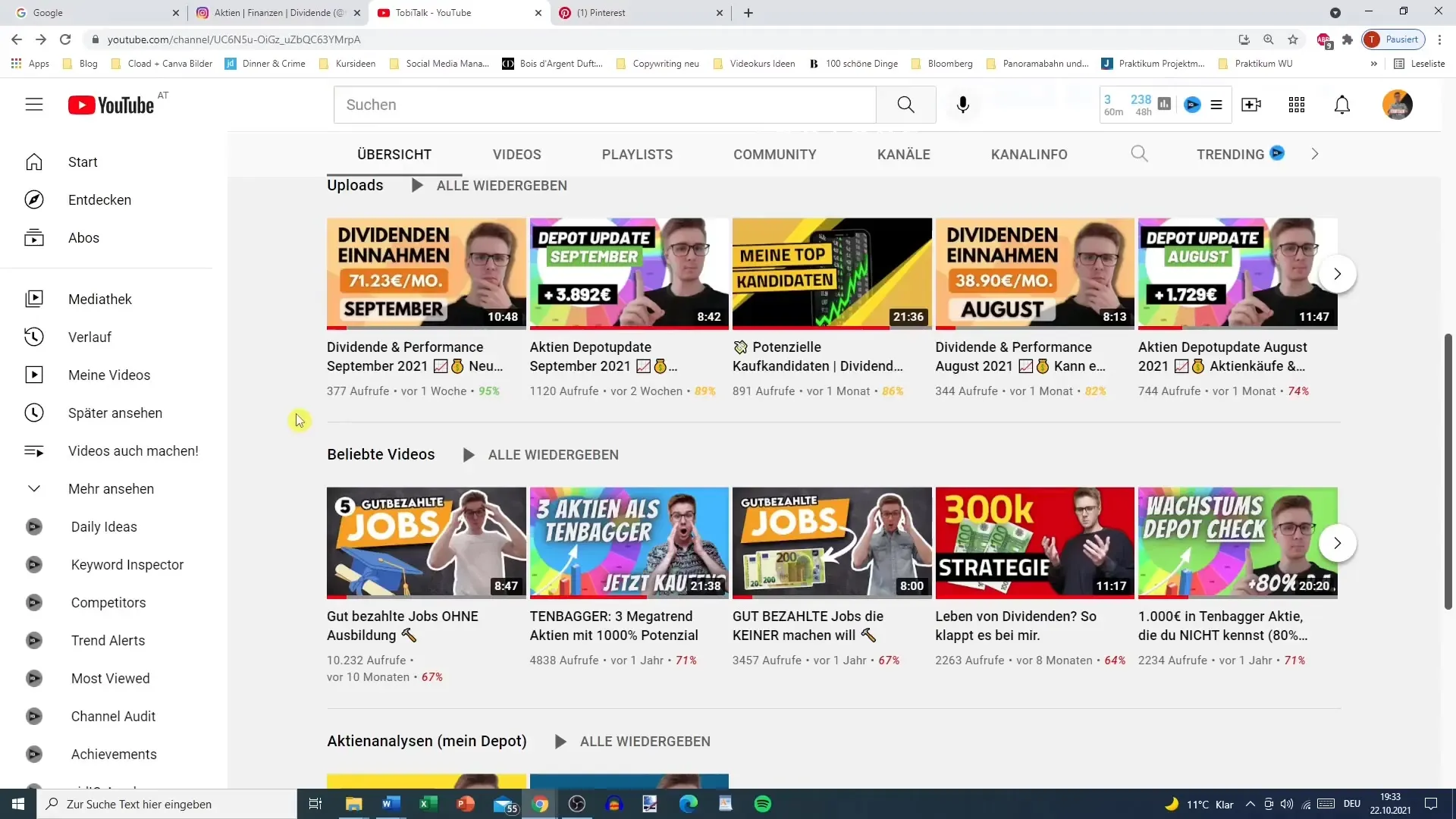
Summary
At its core, copywriting for social media is about understanding the specific requirements and peculiarities of each platform and developing texts tailored to them. It is wiser to work on fewer platforms specifically, rather than spreading content superficially across many.
Frequently Asked Questions
How important are titles for YouTube videos?Titles are critical to attract viewers' attention and increase visibility in search results.
What is a Call-to-Action and why is it important?A Call-to-Action is an encouragement for users to click on links or interact with content.
How can I optimize my texts on Instagram?Focus on concise phrasing, use paragraphs, and integrate Calls-to-Action to boost engagement.
How can I create appealing pins for Pinterest?Ensure the pin is visually appealing and includes a clear Call-to-Action to encourage users to visit the linked page.
Why should I not copy content from one platform to another?Each platform has its own audience and specific requirements, therefore customizable content is more effective than identical copies.


